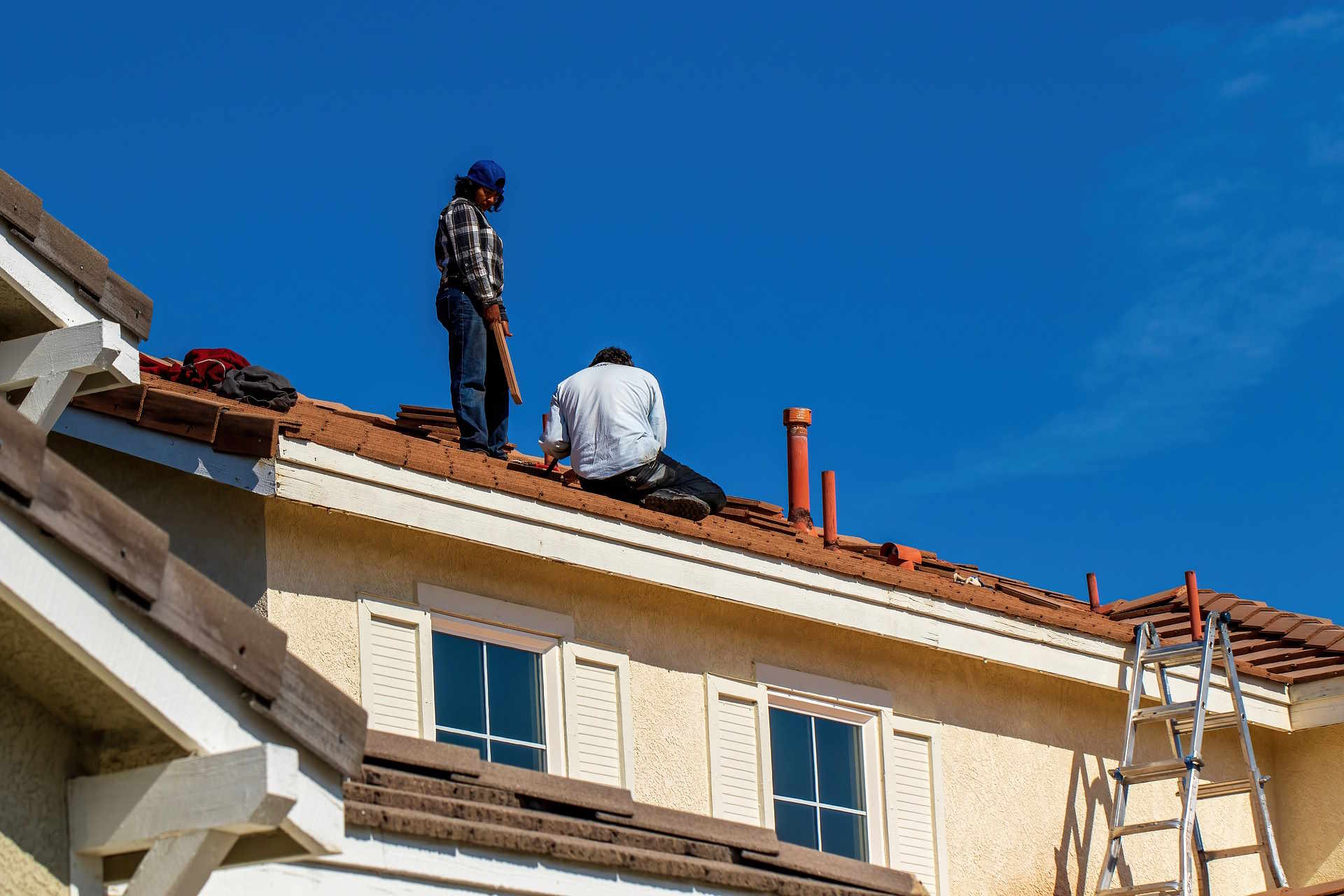Patio Enclosure Guide: Types, Planning, and Maintenance
A patio enclosure transforms an outdoor area into a usable living space year-round, adding comfort, privacy, and potential value to your home. Whether you want a screened room for summer breezes, a glass sunroom for winter light, or a flexible modular enclosure, understanding options, permits, materials, and maintenance helps you make a durable, attractive choice that suits your lifestyle and climate.

What is a patio enclosure and what are the common types?
A patio enclosure is an architectural element that closes off an open patio to create a protected space. Common types include screened enclosures, glass sunrooms, three-season rooms, and solid-wall additions. Screened enclosures keep insects and debris out while preserving airflow and views. Glass sunrooms use insulated glazing to capture light and extend the season. Three-season rooms combine screens or single-pane glass with basic heating or cooling for shoulder seasons. Each type offers different trade-offs in cost, comfort, and energy efficiency.
How should you plan the project and handle permits?
Start by defining how you’ll use the space—dining, lounging, home office, or greenhouse influence design and features. Sketch dimensions and note existing rooflines, drainage, and load-bearing walls. Check local building codes and homeowners association rules early; many municipalities require permits for enclosures that change structural elements, increase square footage, or add electrical and HVAC. A local contractor or permit expediter in your area can advise on setback rules, foundation requirements, and inspections. Budget time for plan review and inspections to avoid costly rework.
Which materials, glazing, and features work best in different climates?
Material choices affect durability, maintenance, and thermal performance. Aluminum and vinyl framing are low-maintenance and resist corrosion; wood offers warmth and a traditional look but needs periodic sealing. For glazing, double-pane insulated glass is best for cold climates, low-e coatings reduce solar heat in hot, sunny areas, and laminated or tempered glass improves safety. Consider thermal breaks in frames, insulated roof panels, and drip-edge flashing to control condensation and leaks. Additions such as retractable screens, operable windows, ceiling fans, and integrated blinds increase comfort and adaptability across seasons.
How to choose local services and manage installation plus upkeep?
Seek contractors who specialize in patio enclosures and have verifiable references and photos of recent work in your area. Ask for detailed proposals that separate materials, labor, permits, and warranty terms. Confirm licensure, insurance, and local code knowledge. During installation, monitor water management, tie-ins to the existing roof, and foundation anchoring to avoid future issues. Routine maintenance includes cleaning tracks and seals, re-caulking joints as needed, inspecting flashing annually, and cleaning glass or screens. For wood frames, schedule staining or sealing every few years depending on exposure.
Choosing the right glazing and climate controls will affect long-term comfort. For colder regions, consider insulated glass, thermal framing, and electric radiant floor heating or a compact ductless mini-split for efficient year-round use. In hotter climates, solar-control glass, reflective coatings, and ventilation strategies like high operable windows or ridge vents provide passive cooling. If noise reduction matters, laminated glass and thicker panes improve acoustic insulation. Evaluate energy implications early: proper insulation and glazing can make the enclosure part of your conditioned living space instead of a seasonal add-on.
A thoughtfully designed patio enclosure balances aesthetics, durability, and function. Integrate the enclosure with landscaping, exterior lighting, and nearby circulation paths to make the space feel like a natural extension of your home. Consider flexible furniture and storage to adapt the room for multiple uses. When comparing contractor bids, prioritize clear scope of work and materials over the lowest price to reduce the risk of hidden costs or inferior installation. Regular maintenance and attention to flashing, seals, and drainage will protect your investment and keep the space comfortable for years.
Patio enclosures can significantly expand usable living space and enjoyment of your property, but success depends on informed choices about type, materials, climate strategies, and reputable local services. With careful planning and proper upkeep, an enclosure becomes a comfortable, long-lasting addition that complements your home and lifestyle.






